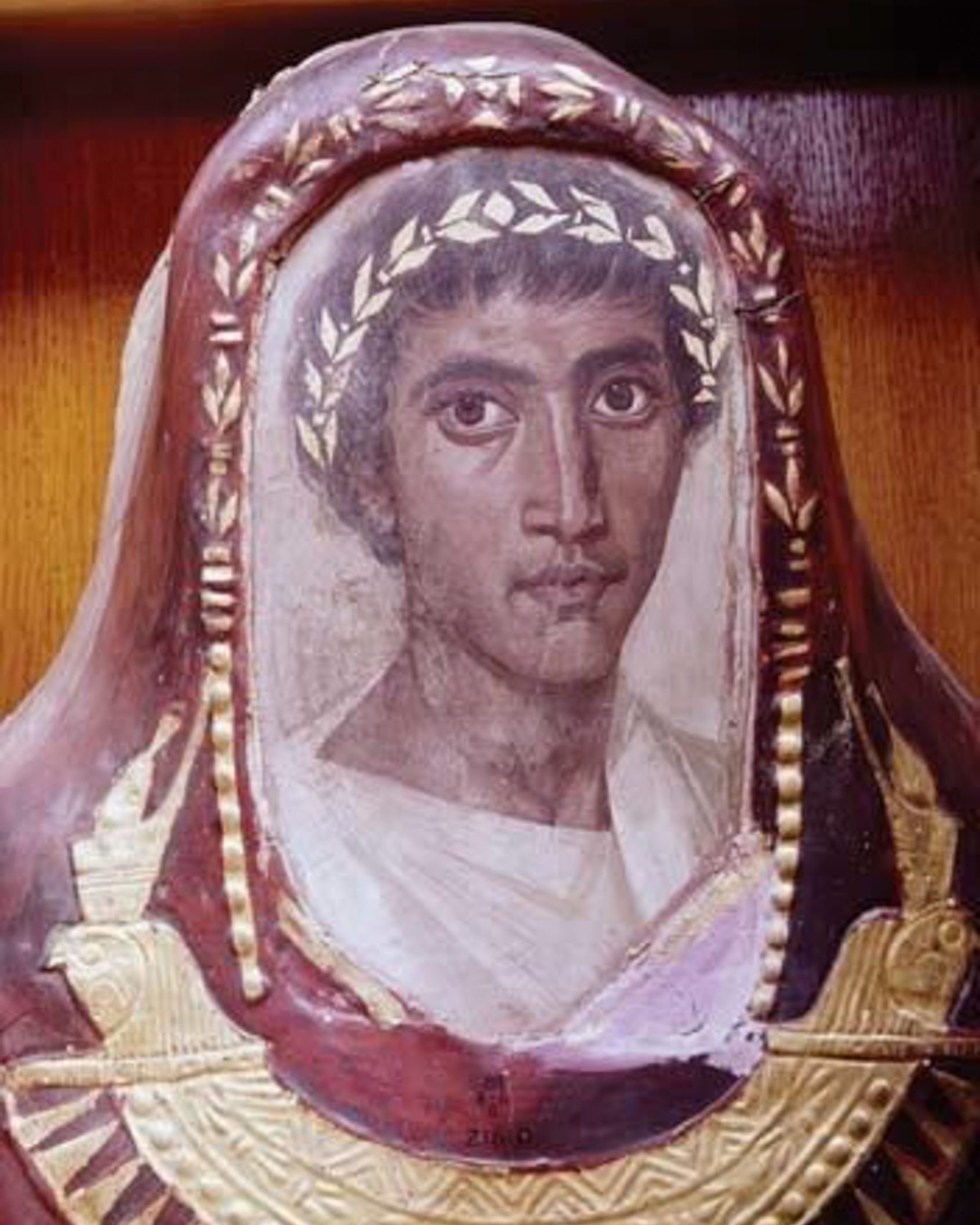
26 Feb Oneirocritica Aegyptiaca: Artemidorus of Daldis
According to Artemidorus, the material for his work was gathered during lengthy travels through Greece, Italy and Asia, from diviners of high and low station. Another major source were the writings of Artemidorus’ predecessors, sixteen of whom he cites by name. It is clear he built on a rich written tradition, now otherwise lost. Artemidorus’ method is, at root, analogical. He writes that dream interpretation is “nothing other than the juxtaposition of similarities”. But like other types of Greek divination, including astrology, celestial divination and pallomancy, Greek dream divination (Oneiromancy) became exceedingly complex, a given dream subject to a number of interpretations depending on secondary considerations, such as the age, sex, and status of the dreamer. At other times, subtle distinctions within the dream itself are significant. In a particularly memorable passage, Artemidorus expounds upon the meaning of dreams involving sex with one’s mother:
The case of one’s mother is both complex and manifold and admits of many different interpretations—a thing not all dream interpreters have realised. The fact is that the mere act of intercourse by itself is not enough to show what is portended. Rather, the manner of the embraces and the various positions of the bodies indicate different outcomes. (Trans. Robert J. White)
There follows a lengthy and minute recitation of the divinatory significance of having sex with one’s mother in various sexual positions.
The first three books of the Oneirocritica are dedicated to one Cassius Maximus, usually identified with the rhetorician Maximus of Tyre, and were intended to serve as a detailed introduction for both diviners and the general public. Books four and five were written for Artemidorus’ son, also named Artemidorus, to give him a leg-up on competitors, and Artemidorus cautions him about making copies.
According to the Suda, Artemidorus also penned a Oiônoscopica (Οἰωνοσκοπικὰ) (Interpretation of Birds) and a Chiroscopica (Χειροσκοπικά) (Palmistry), but neither has survived, and the authorship is discounted. In the Oneirocritica, Artemidorus displays a hostile attitude to palmistry.
Among the authors Artemidorus cites are Antiphon (possibly the same as Antiphon the Sophist), Aristander of Telmessus, Demetrius of Phalerum, Alexander of Myndus in Caria, and Artemon of Miletus. The fragments of these authors, from Artemidorus and other sources, were collected by Del Corno in his Graecorum de re onirocritica scriptorum reliquiae (1969).

No Comments